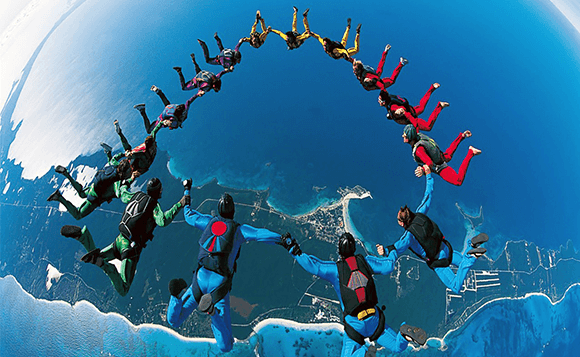
DDC – Dedicated Development Center – a model of cooperation in outsourcing where a client hires a dedicated full-time team of providers based on monthly payment.
Experienced clients often use the DDC model for large projects requiring the high-quality performance, while the majority (90%) of novice users of outsourcing agree on only a fixed budget.
Why do novice users have such an affection for the fixed-price model? Well, at first glance, it appears safer. The client is trying to reassure himself – the price is fixed, which means no unexpected expenses or overpayments. Everything seems to be predictable; the risk is minimal.
In practice, the fixed-price model can be difficult. In order to effectively work on a fixed-price model, the outsourced developer needs detailed specifications lacking in any ambiguity. Accordingly, the client should have an understanding and the final decision on the future of each part of the project – what the page will look like, how it will display a window, a complete understanding of the interface – and hundreds of such details, and in big projects – possibly thousands of them.
If you really want to work with a fixed price, you should write a detailed specification, agree with the provider on the price (in that order), and the provide specific measures for what constitutes the completion of the project.
But the larger the project, the more likely it is that somewhere in the process you will have some ideas to improve the product, and as you approach the end of your project, your list of ideas may grow.
It is fairly routine in the normal development cycle of any large project that as certain features and specifications are tested and researched, some will be cut, and new creative ideas will be added. Here are a few flaws of a fixed-price model:
- In the beginning you lose a lot of time documenting specification that will likely change during the course of the project.
- Each change to your project takes time, leads to a reassessment, discussion of a new or revised project plan, new deadlines, added fees, etc.
- Even if you eventually are able to force the new ideas to fit within the original budget, as a result you may find yourself working with a demotivated provider, as no one likes to work for free. Or you might start an endless discussion of changes in value, deadline slippage, documentation changes, etc., resulting in lost time, and the two sides becoming increasingly exhausted and with a markedly diminished enthusiasm.


